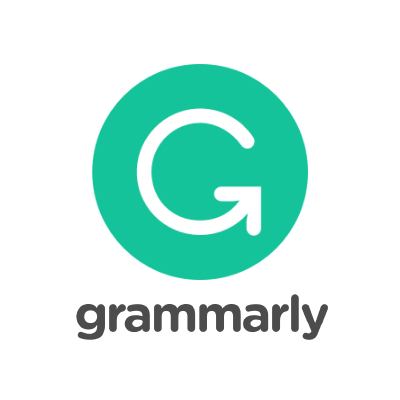Abstract
Learning is currently using the scientific approach, through direct interaction with lea rning resources. The educator or teacher at the school are expected to use appropriate learning resources. Local potentials that are spread around in the form of learning resources should be of concern to organized, so empowering positive for all students' learning. Not much research to develop teaching materials based on local potential. The amount of biological material that can not be observed directly, such as materials about protists, monera, one-celled animals, make the learners have difficulty to understanding. Research types of phytoplankton can be used as a learning resource to overcome these problems. This research aims to (1) Produce teaching materials of research types of phytoplankton in Panjaratan River (2) Examine the feasibility of teaching materials that are based on research on the type Phytoplankton Panjaratan River. The results showed (1) teaching materials produced are teaching materials enrichment entitled Type Phytoplankton in the River Panjaratan, consisting of 3 BAB, teaching materials prepared in accordance competencies and according to the terms of teaching materials quality that meets aspects of the display, the aspect of the presentation of the material and aspects of language , (2) Eligibility teaching materials in the river Panjaratan Phytoplankton type of expert validation result is quite valid with an average score of 80,43%, readability test students strongly agree with the assessment statement as much as 53,1%, 45,03% agree and 1,87% disagree . Assessment of teachers partners on quite valid with an average score of 76,12%. Results responses of teachers and students each showed a good response. Learning outcomes after using teaching materials in the river Phytoplankton type Panjaratan increase seen from the posttest and normality test Gain (n-gain) with an average value of 83,7 and a gain of 0,81 postest with high improvement category.
References
Depdiknas. (2008). Penulisan Modul. Direktorat Tenaga Kependidikan.
Nur. M. (2000). Strategi-strategi belajar. Pusat Studi Matematika dan Ipa Sekolah. Universitas Negeri Surabaya Press.
Sugiyono. (2011). Metode penelitian pendidikan pendekatan kuantitatif, kualitatif dan R & D. Bandung: Alfabeta.
Utami, R. B. (2012). Penyusunan Modul Keanekaragaman Hayati Berdasarkan Penelitian Keanekaragaman Fitoplankton di Sungai Gua Pindul Gunung Kidul Bagi Siswa Kelas X SMA. Skripsi. Yogyakarta: Universitas Negeri Yogyakarta.
Wulandari, B. E. (2012). Penggunaan Modul Hasil Penelitian Identifikasi Fungi dalam Tape Talas sebagai Sumber Belajar Biologi dan Dampaknya Terhadap Keterampilan Menginterpretasi Data pada Siswa Kelas X SMA. Skripsi. Surakarta: FKIP Universitas Sebelas Maret.

.png)








.png)


















